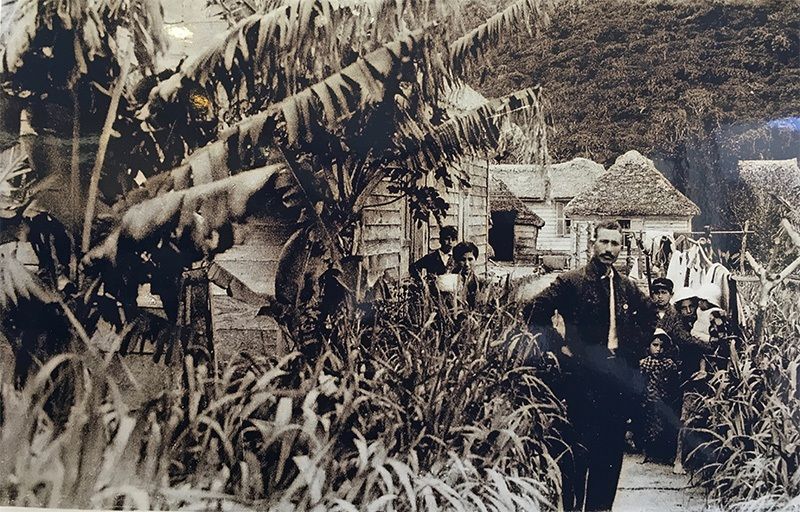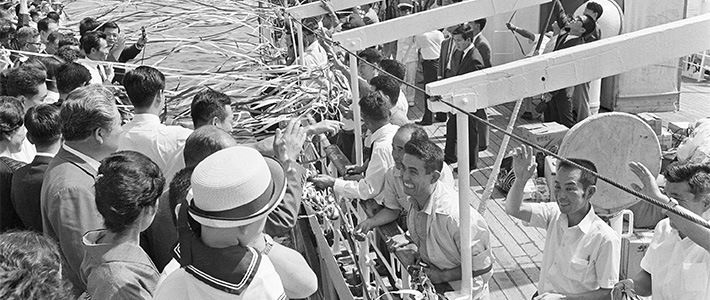
Ogasawara Islands: 50 Years After Reversion
An Ogasawara Chronology: From Settlement to UNESCO World Heritage Listing
Politics- English
- 日本語
- 简体字
- 繁體字
- Français
- Español
- العربية
- Русский
The Ogasawara Islands are a remote volcanic chain in the Pacific Ocean about 1,000 kilometers south of Tokyo. Most of the inhabitants of the approximately 30-island group live on the two main islands of Chichijima and Hahajima, which support populations of around 2,000 and 500 residents, respectively. A weekly ferry service connects Chichijima, the archipelago’s administrative center, to Tokyo, with a one-way journey taking 24 hours to complete.
The islands were first colonized in the nineteenth century by a group of Western and Pacific Island settlers. Since that time control of the Ogasawaras has passed between Japan and the United States, most recently in 1968, when the US Navy returned the archipelago to Japan following two decades of occupation after World War II. Below we provide a chronology of the islands from their early discovery to the present.
| 1670 | A merchant ship from Awa Province, present-day Tokushima Prefecture, lands on Hahajima after being blown off course. |
| 1675 | The shogunate sends an expedition headed by Shimaya Ichizaemon to survey the Ogasawaras based on reports from the merchant ship’s crew. |
| 1830 | A small band of Americans, Europeans, and Pacific Islanders sail from Hawaii to establish a settlement on Chichijima. The colony becomes an important resupplying point for whaling vessels. |
| 1853 | US Navy Commodore Mathew Perry stops at the Ogasawaras en route to Japan and claims the islands for the United States. Nathaniel Savory, one of the original settlers, is appointed governor of the colony. |
| 1862 | The Tokugawa shogunate sends the steamship Kanrinmaru to Chichijima and declares the islands Japanese territory. A group of Japanese settlers arrive from Hachijōjima in the Izu island chain. |
| 1863 | All Japanese settlers leave the islands after the shogunate orders the outpost abandoned. |
| 1875 | The Meiji government dispatches the vessel Meijimaru to the Ogasawaras and informs the colonists of Japan’s claim to the islands. |
| 1876 | The Ogasawara Islands are internationally recognized as Japanese territory. |
| 1877 | Colonization from the Japanese mainland begins. |
| 1882 | The Japanese government forces foreign settlers to take Japanese citizenship. |
| 1890s | Sugar cane farming and sugar production becomes the main industry in the Ogasawaras. Settlers flood in from the Japanese mainland and Izu Islands. |
| 1891 | The Meiji government claims the Volcano Islands, a group of outcroppings south of the main Ogasawara Islands including Iōtō (Iwo Jima), for Japan. |
| 1910s | The population of the Volcano Islands grow as sugar cane farming and sugar production becomes established. |
| 1930s | Vegetable farming, particularly during the winter months, takes over sugar production. Products shipped to the mainland generate huge profits for the local economy. |
| 1941 | The Pacific War breaks out with Japan’s December attacks on US and British territories. |
| 1944 | As the war progresses, 6,900 of the islands’ 7,700 residents are evacuated to the mainland. Those who remain are recruited into military service. |
| 1945 | In February US forces land on Iōtō in the Volcano Islands. The ensuing battle results in massive casualties on both sides. |
| 1946 | US occupation forces allow descendants of early Western settlers, but not Japanese residents, to return to Chichijima. |
| 1952 | The San Francisco Peace Treaty officially places Amami, Okinawa, and the Ogasawara Islands under administration of the United States. |
| 1968 | On June 26 the United States returns control of the Ogasawara Islands to Japan. The US Navy leaves Chichijima and Japanese Self-Defense Forces are stationed on Iōtō. |
| 1970s | Many former residents of Chichijima and Hahajima return to the islands. |
| 1972 | Regular ferry service begins between mainland Tokyo and Chichijima. |
| 1984 | An advisory committee of the National Land Agency (now the Ministry of Land, Infrastructure, Transport, and Tourism) advises against repopulating the Volcano Islands due to ongoing volcanic activity and unexploded ordnance. |
| 2011 | In June the Ogasawara Islands are registered as a UNESCO Natural World Heritage Site. |
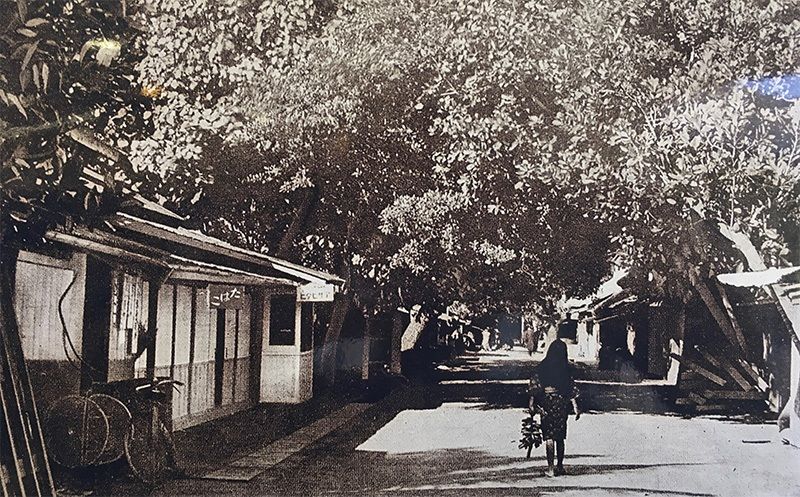 A village on Chichijima in 1939.
A village on Chichijima in 1939.
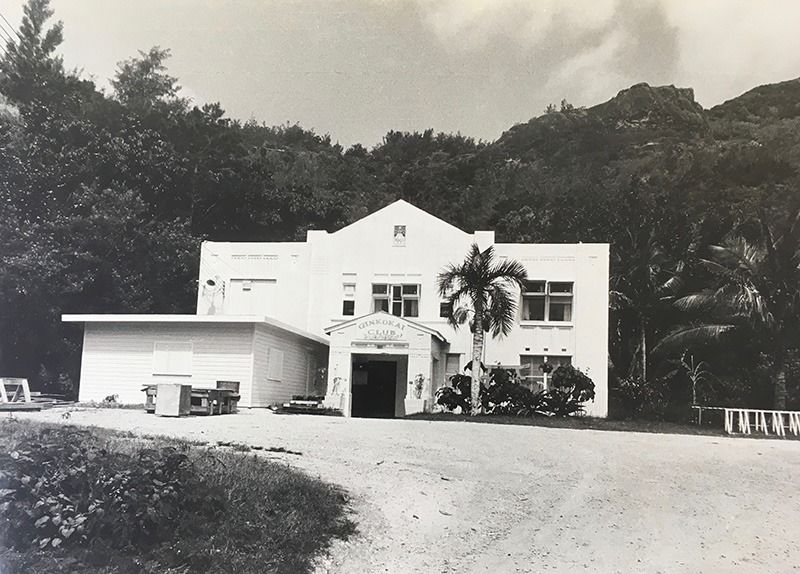 A Chichijima building that served as a social club during the US occupation.
A Chichijima building that served as a social club during the US occupation.
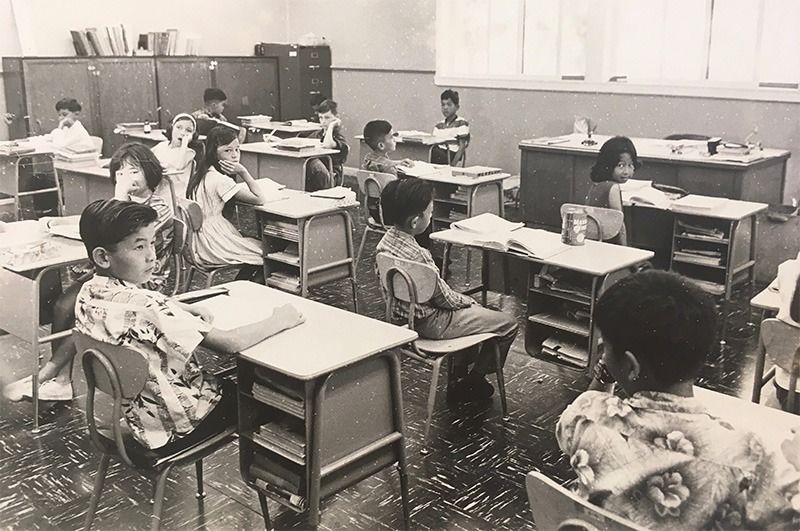 Students at school during the US occupation.
Students at school during the US occupation.
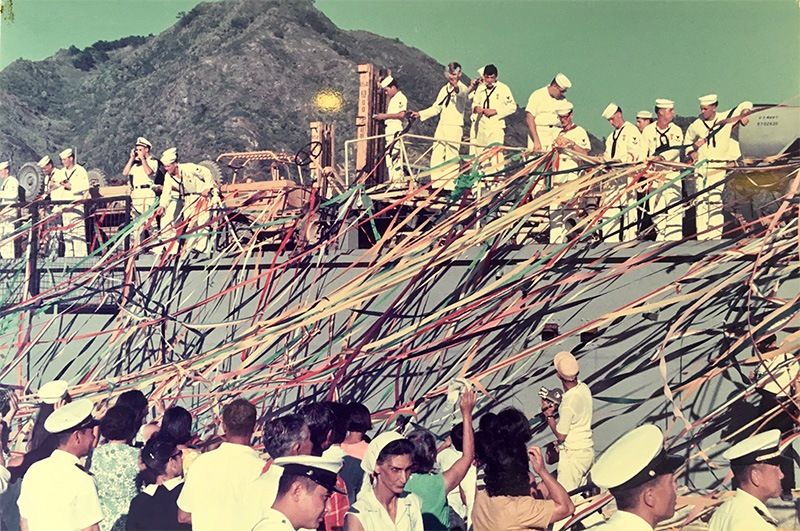 US sailors prepare to leave Chichijima in June 1968 following the return of the Ogasawara Islands to Japan.
US sailors prepare to leave Chichijima in June 1968 following the return of the Ogasawara Islands to Japan.
